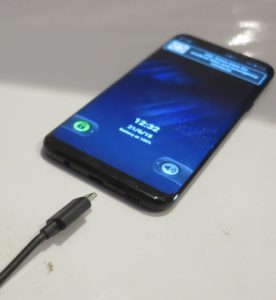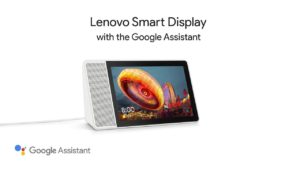Using Bluetooth as part of the hybrid radio concept

Pure Sensia 200D Connect Internet radio – a representative of the current trend towards the “hybrid radio” concept
Previously, I have covered the concept of “hybrid radio” which is being put forward by RadioDNS. This is about integrating the reception of audio-based radio content from a radio station either through the traditional analogue or digital broadcast technologies or through the Internet.
It is based on the common Internet-radio application where traditional radio stations transmit a simulcast of their broadcast output as an Internet stream. You would experience this with an app like TuneIn Radio or by using an Internet radio, of which I have reviewed many. This has been used to listen to overseas radio stations by those of us who like the “vibe” of a particular country or to learn a new language, but has been used as a way to hear a national radio station that isn’t received in one’s local area, a situation that is common in rural Australia.
It is intended to provide automatic switching to an Internet-based simulcast of the radio station if you are out of the reception area for a broadcast transmitter and you can’t be “handed over” to a better transmitter’s output of the same station. It is also underscored by the concept of a “single-dial” tuning approach to select stations without worrying which broadcast methodology they are using, whether traditional or Internet-based. here is also the availability of richer metadata that can be shown on screens that support rich graphic displays along with an electronic programme guide for radio broadcasts.
This functionality is dependent on the radio having Internet connectivity of some sort. It is typically with the set being equipped with Wi-Fi or Ethernet connectivity for use on a small network, or a car radio being equipped with a mobile-broadband modem provisioned with mobile-broadband service.
This may not work properly with enterprise or public-access networks that require authentication beyond a Wi-Fi passphrase or WPS-PBC setup or we have to make sure the mobile-broadband service is provisioned for the car radio that we are using in the way the radio expects. This was something I had come across when someone posted a question about attempting to use the Internet capabilities of the Sony CMT-MX750Ni Internet-capable bookshelf music stereo system with a “headline” public-access Wi-Fi network in the place they were living in.
As well, the Internet connectivity is offered by consumer-electronics manufacturers as a product differentiator with it typically ending up on the premium products in the range. Similarly, some manufacturers want to steer clear of Internet-connectivity as a feature for their consumer-electronics product ranges.
But an increasing number of radio sets and audio equipment are implementing Bluetooth technology typically to allow streaming of audio content from mobile devices paired with the set. In the car-audio scene, this is to facilitate a safe hands-free telephone setup that allows the driver to keep their hands on the wheel and eyes on the road.
The RadioDNS hybrid-radio concept could be extended to the Bluetooth link by a standard application-level class or profile for the Bluetooth specification. Here, this would work in conjunction with a computing device that runs companion “hybrid-radio” software and is linked to the radio via Bluetooth in order to enable full “hybrid-radio” functionality.
This could allow for broadcast station selection using the companion device or the display of rich metadata for the currently-listened-to station on the companion device’s display irrespective of the source of the metadata. This would be of benefit to those sets that can’t show rich graphic metadata such as what DAB+ or Digital Radio Mondiale are capable of.
The concept cam make use of the voice-driven home assistants like Amazon Echo or Google Home for many options. Here, it would exploit the idea of having a device like Amazon Echo or Google Home provide the Bluetooth – Internet bridge to your small Wi-Fi network and play network-hosted or Internet-hosted audio content through the radio’s speaker. It would be important where the radio’s amplifier and speaker does a better job at reproducing music compared to what the Amazon Echo or Google Home device.
For example, you could ask Alexa or Google Assistant to select a station and the local broadcast signal will then play. Or if you use something like Google Home Hub, you could have the station’s audio coming through the radio while a graphically-rich interface for that station appears on the Home Hub’s screen.
What RadioDNS needs to look towards is the idea of using Bluetooth or similar peripheral-level connections as a way of allowing a companion computing device to facilitate hybrid radio functionality for equipment or use environments that don’t support integrated Internet connectivity.


